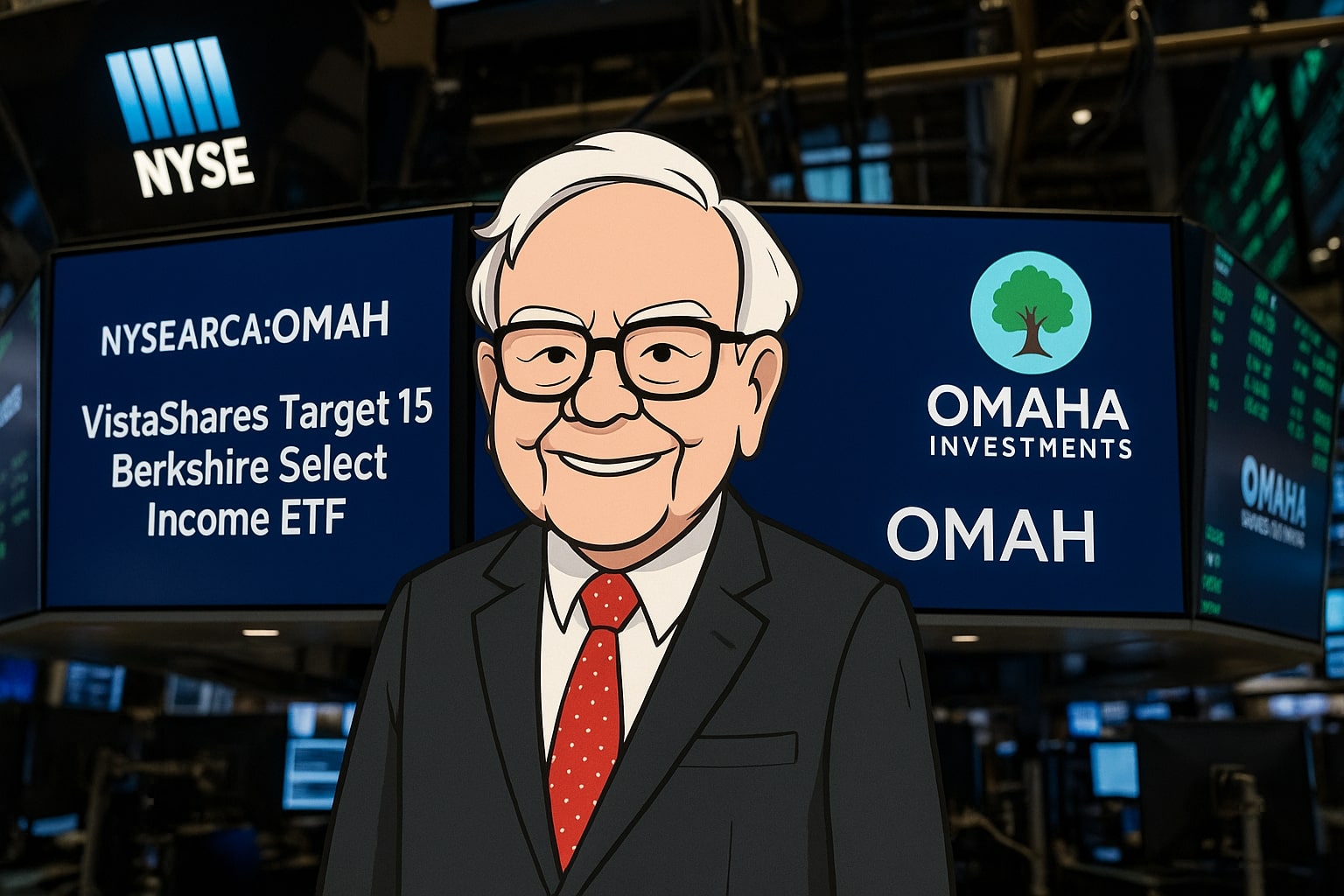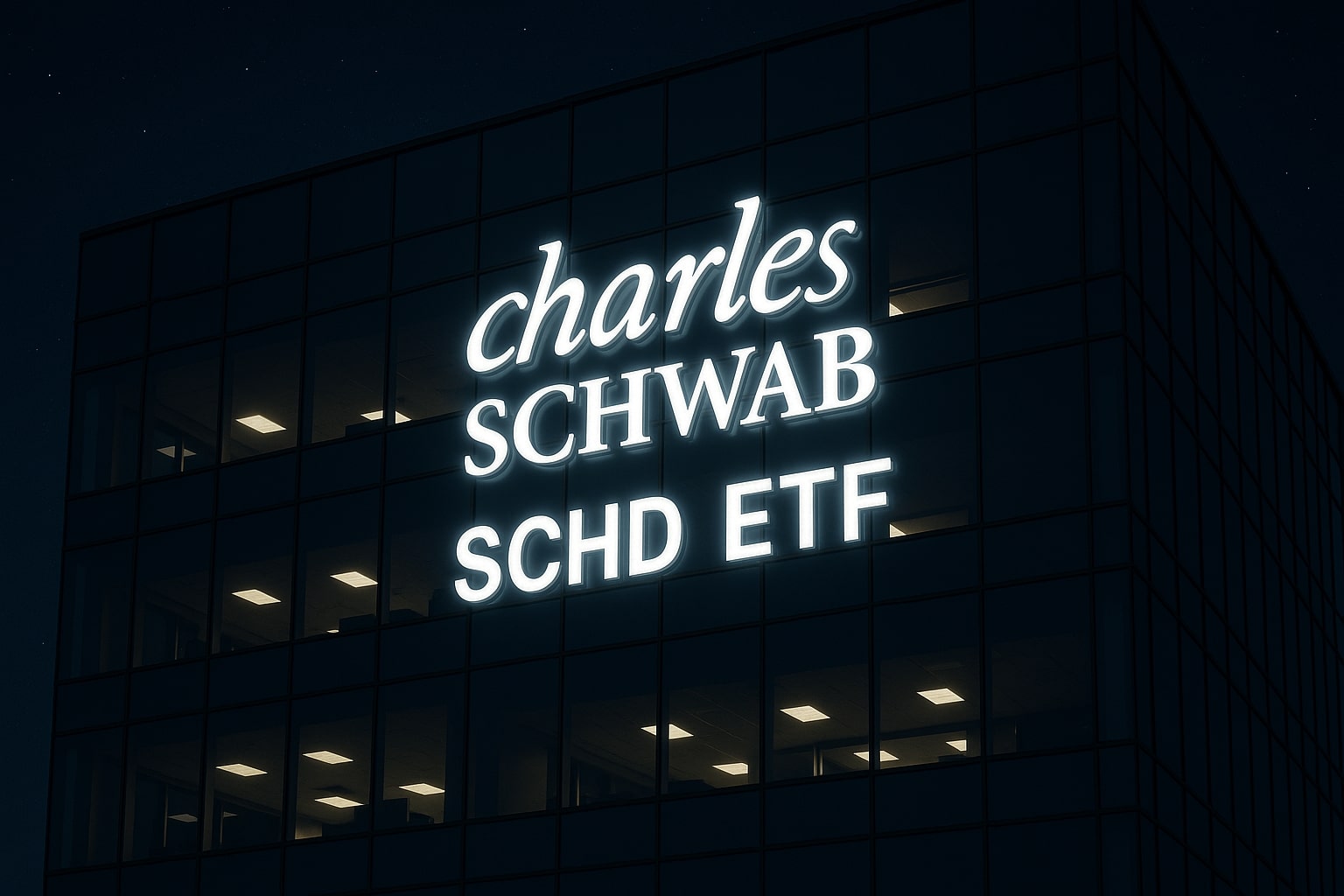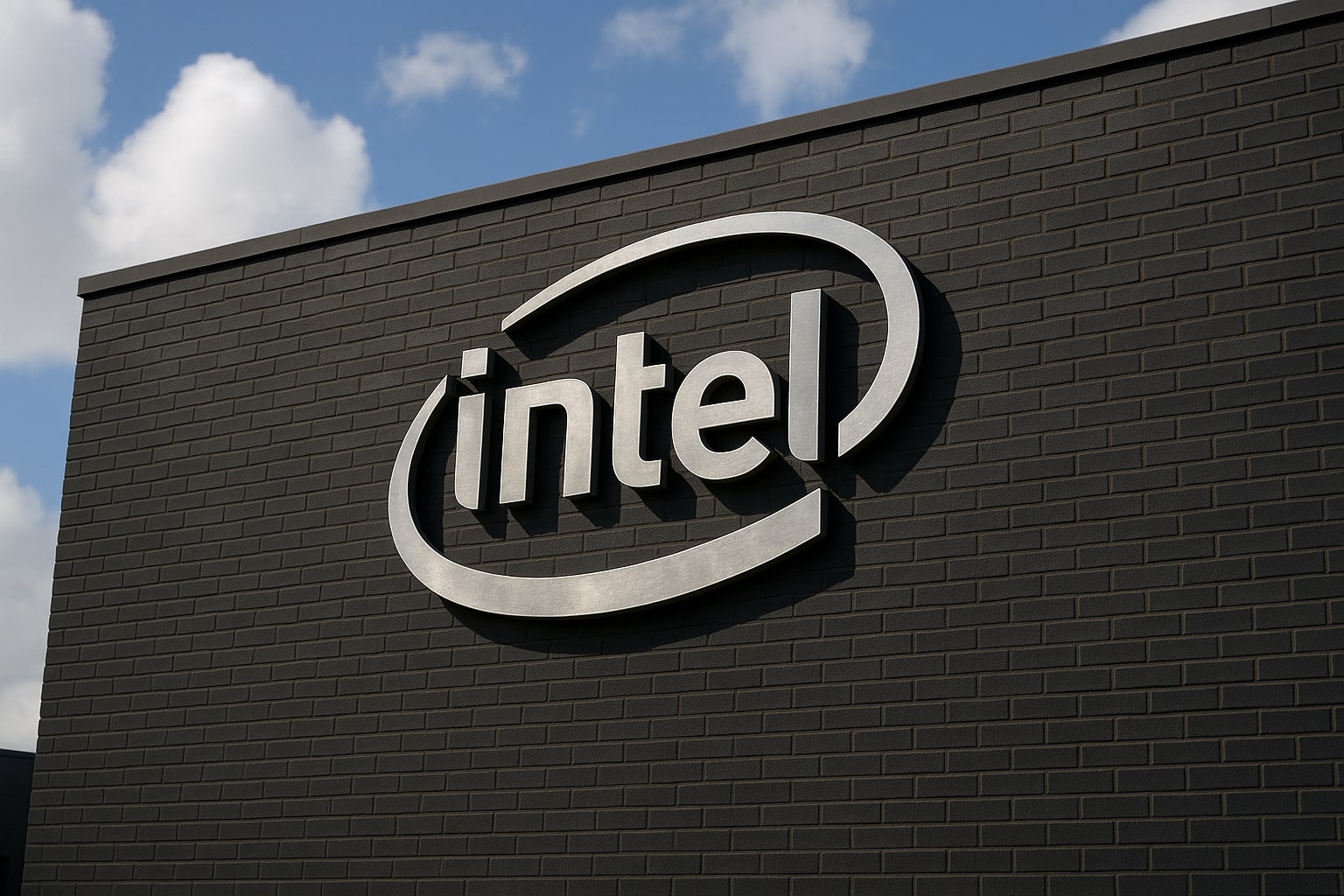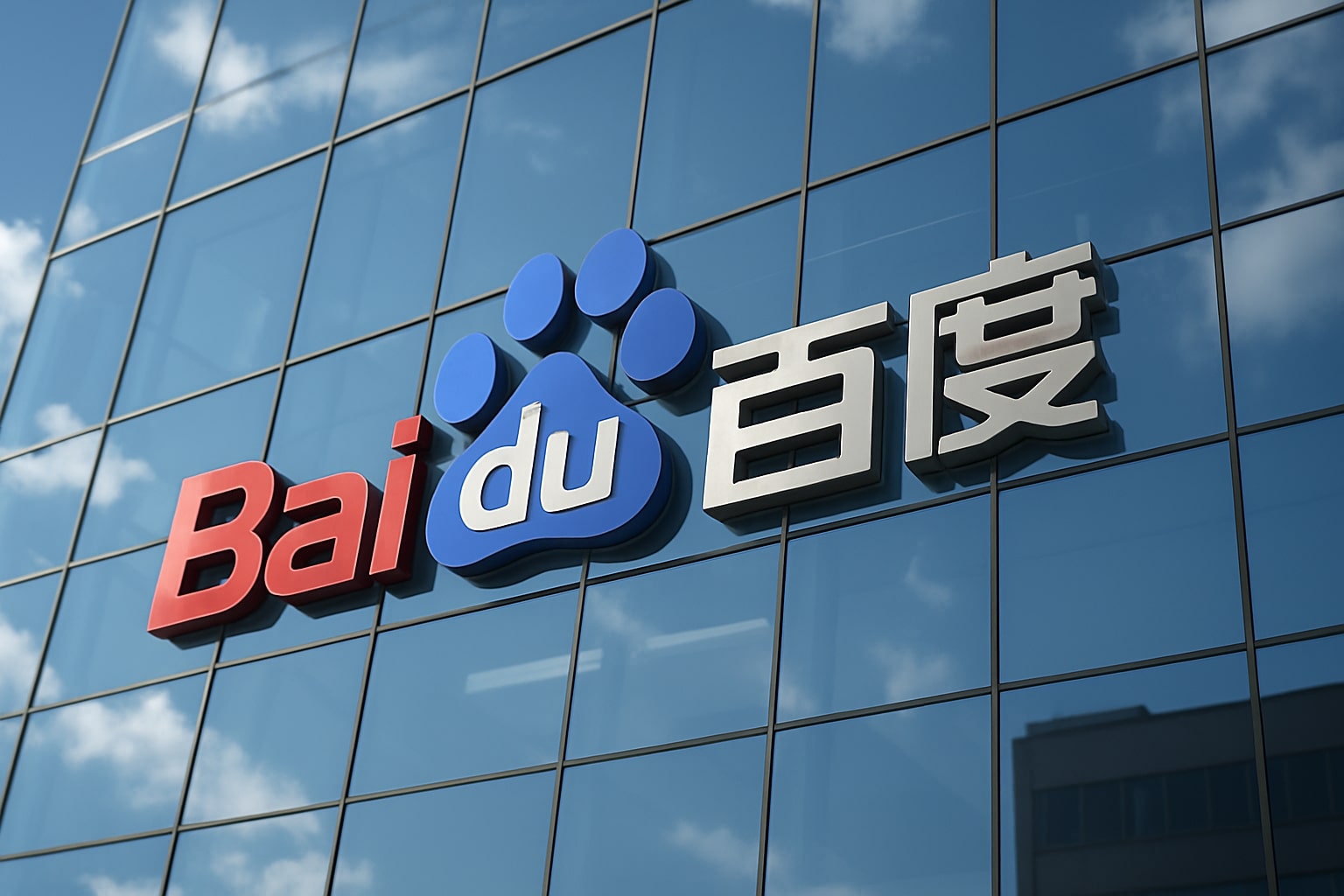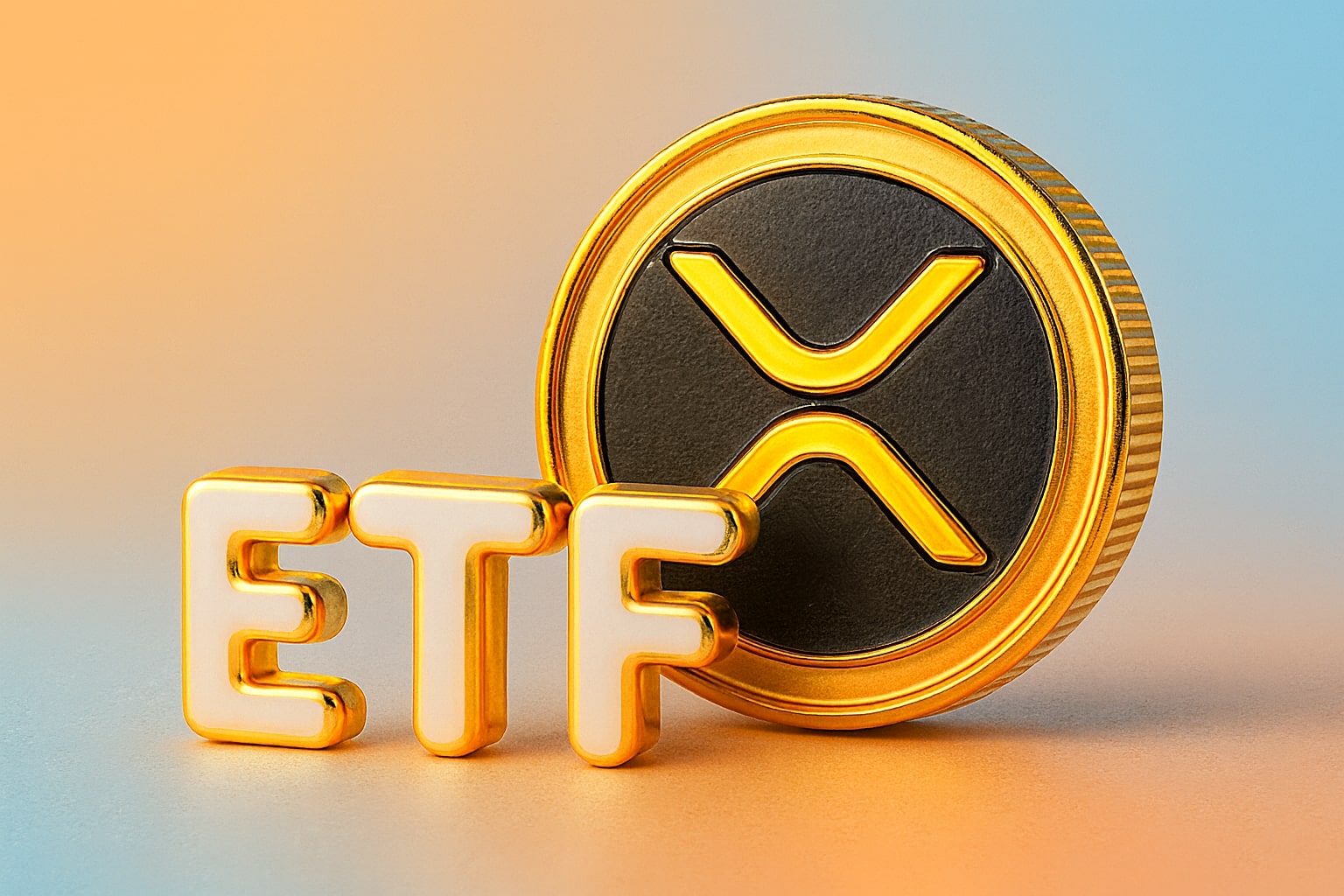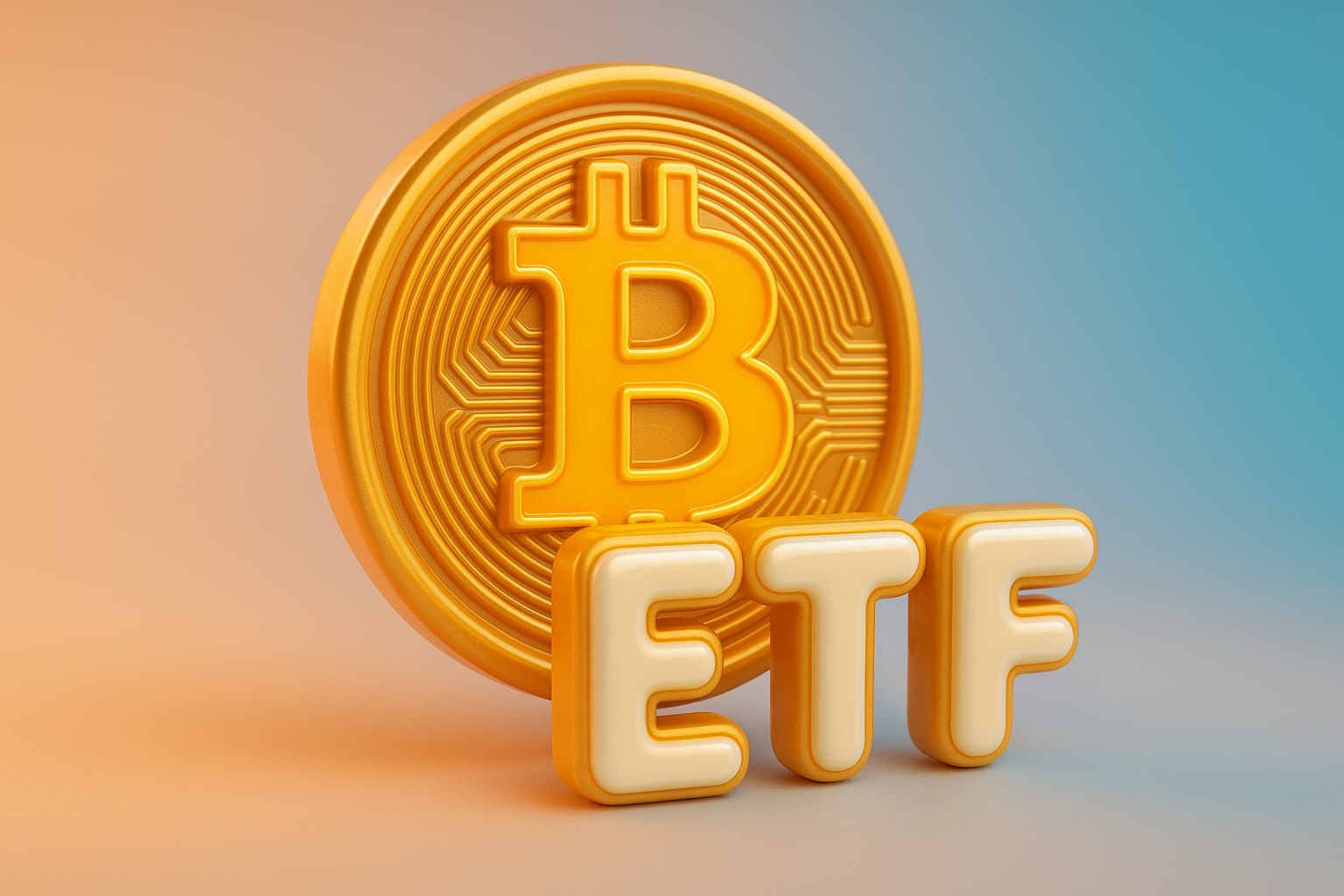Berkshire-powered income engine delivers strong 15% yield with low tech risk
The NYSEARCA:OMAH ETF has quickly gained ground with a high-conviction strategy targeting consistent monthly income through dynamic covered calls. This actively managed vehicle blends 20 of Berkshire Hathaway’s largest equity stakes with flexible option overlays aimed at producing a 15% annualized yield. Despite its short track record, OMAH has already distributed a tight range of $0.23–$0.26 per share monthly, translating to an estimated $2.90 annualized income—a yield of 14.88% based on current price levels. Importantly, none of this income has relied on return of capital, signaling real earnings-based distributions.
High income with capital recovery: How OMAH outperformed BRK.B
Since launching in March 2025, NYSEARCA:OMAH has already amassed $328.68 million AUM, a substantial figure for a fund less than five months old. In terms of total return, the ETF posted +3.29%, notably outperforming its benchmark counterpart BRK.B, which fell -2.71% over the same period. While the S&P 500 (SPY) rose +7.89%, OMAH’s resilience is notable given its income-first mandate and avoidance of heavy technology exposure. The ETF’s success lies in its selective writing of out-of-the-money calls, a tactic that has helped maintain capital stability even during the volatile selloffs of March and April.
Portfolio design: Anchored by BRK.B, AAPL, AXP, KO
OMAH's equity basket mirrors the top 20 equity holdings in Berkshire Hathaway's public portfolio and includes direct allocations to BRK.B, making up about 10% of fund assets. The top four names—Apple (AAPL), Berkshire Hathaway B (BRK.B), American Express (AXP), and Coca-Cola (KO)—represent nearly 36% of the total portfolio. The broader allocation is diversified across financials (43.97%), consumer defensives (18.12%), technology (15.32%), energy (9.36%), and lesser weights in healthcare, communication, and cyclicals. This structure avoids the “Magnificent Seven” overexposure that plagues many income ETFs and makes OMAH’s tilt more balanced, even defensive.
Options engine: Yield without return of capital
What distinguishes NYSEARCA:OMAH is its adaptable covered-call mechanism. The fund doesn’t lock into a single-strike or expiration cadence; instead, it adjusts its writing strategy to market conditions, targeting monthly distributions while seeking capital protection. The options overlay is managed by Tidal Investments, which evaluates market volatility, equity performance, and macro factors before deploying covered calls. Unlike QYLD or XYLD, which follow rigid index-based overlays, OMAH rolls contracts dynamically—allowing it to optimize premiums and extend exposure when needed. This explains how the ETF kept NAV stable while still distributing income consistently.
Short track record, but promising resilience
Critics will point out OMAH’s infancy—just four months into its public life. But early performance under stress has been reassuring. The ETF fell -14.9% from IPO to April lows during the height of tariff fears and macro risk-off, but quickly clawed back most losses without compromising monthly income. That recovery coincided with easing trade tensions and reinforced the efficacy of the call-selling overlay. The strategy appears to buffer downside modestly while not capping recovery—a rare balance in the covered-call universe. That’s especially notable considering OMAH doesn't use protective puts or downside hedges, relying entirely on income to offset drawdowns.
Valuation of holdings: Undervalued with EPS upside
OMAH’s underlying equity portfolio trades at 21.17x 2025 earnings, with a projected 27.23% EPS growth through 2026. By 2027, these holdings are forecasted to trade at 17.08x earnings, signaling meaningful forward undervaluation. The dual exposure to BRK.B and AAPL is a strength rather than a risk—Apple remains the strongest global consumer brand, while BRK.B offers a fortress balance sheet and diversified cash flows. Given the Fed’s anticipated rate cuts later in 2025, income-based ETFs like OMAH are increasingly attractive relative to declining Treasury yields.
Risks: Transparency and concentration
While the strategy appears effective, the ETF does not disclose precise mechanics of strike selection, delta targeting, or expiration windows. That opacity could raise eyebrows among risk-conscious investors. Additionally, the concentration in a small number of equities—despite being diversified across sectors—limits hedging flexibility in chaotic macro environments. Should options markets experience volatility dislocations, OMAH’s income production could be stressed. Still, the rolling feature and manager discretion act as buffers, offering more agility than rigid frameworks like QYLD or JEPI.
Why OMAH is not a BRK.B replacement—but still worth buying
Despite tracking Berkshire’s portfolio, NYSEARCA:OMAH should not be seen as a pure BRK.B proxy. It is income-focused, not appreciation-driven. The ETF’s 0.95% expense ratio is higher than passive alternatives, and upside is limited by call caps. However, for investors seeking cash flow rather than compound growth, OMAH fills a crucial niche. Its structure permits rotation and even tactical allocations outside Berkshire’s top 20, capped at 30 total holdings, and that added discretion improves long-term adaptability.
Final verdict: NYSEARCA:OMAH is a BUY for high-yield stability
For investors hungry for income in a declining rate environment, NYSEARCA:OMAH offers a compelling combination of yield strength, sector balance, and capital resilience. While it's too early to judge its long-term consistency, the early signal is clear: the fund is delivering real income without eroding NAV, a feat most call-writing ETFs struggle to maintain. As long as economic growth remains positive and Treasury yields fall, OMAH should outperform both fixed-income alternatives and rigid covered-call peers.
Verdict: BUY. Strong yield, steady distributions, and outperformance of BRK.B make OMAH a powerful income engine for conservative investors in 2025.














